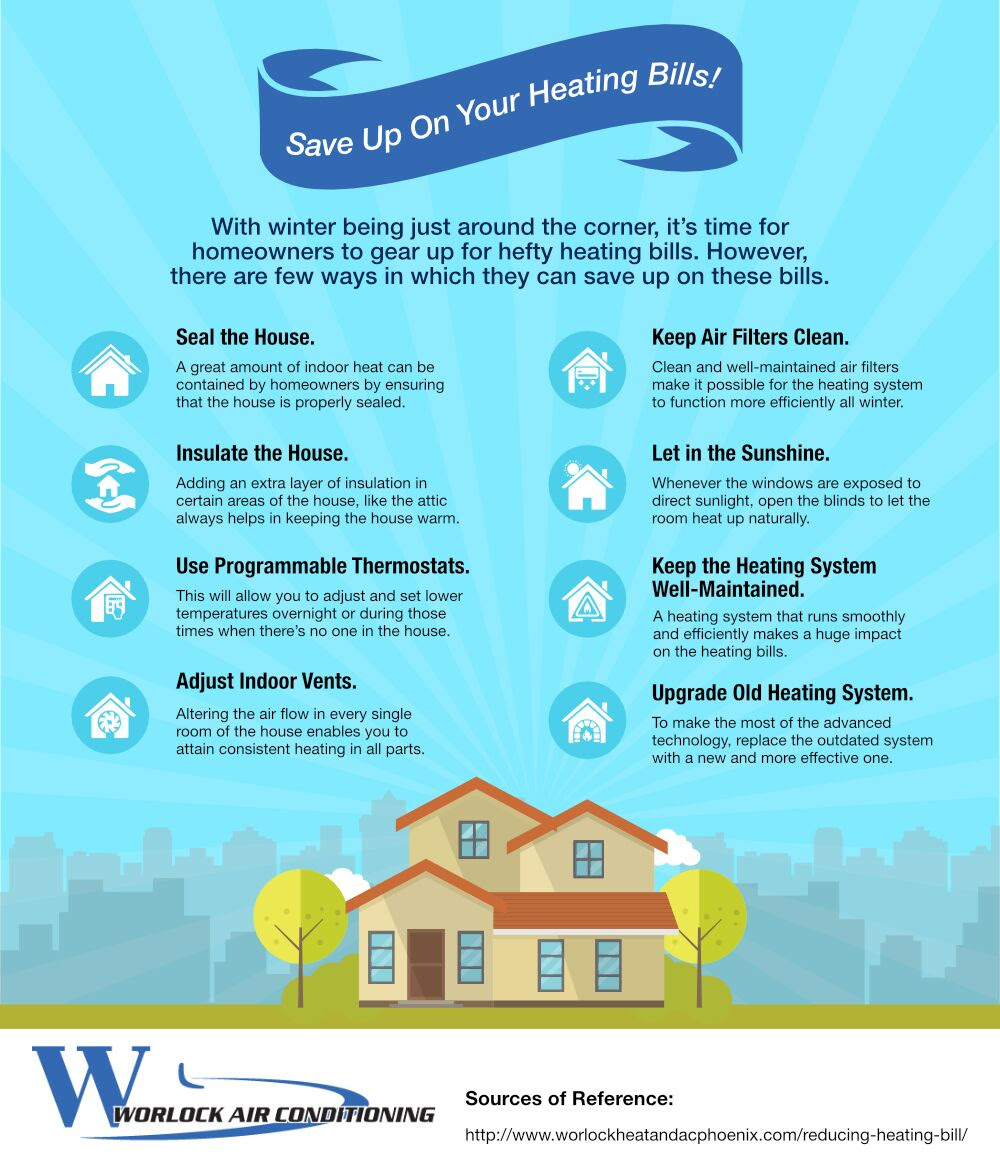Vital Mistakes To Avoid In The Installation Of Heat Pump Solution
Vital Mistakes To Avoid In The Installation Of Heat Pump Solution
Blog Article
Content Create By-Saunders Ploug
When installing a heat pump, you have to avoid typical blunders that might threaten its efficiency. Overlooking correct sizing may lead to inadequacies and greater energy costs. Ignoring insulation and sealing could lead to energy wastefulness and strain on the device. Additionally, positioning the outdoor device incorrectly may impact its performance. By staying aircondition of these errors, you can make sure ideal working and resilience of your heat pump system.
Improper Sizing of Heat Pump
When it involves the installation of heat pumps, among one of the most typical mistakes is improperly sizing the system for your space. Guaranteeing the right size is vital for optimum efficiency. If the heat pump is too tiny, it will certainly struggle to warm or cool your space efficiently, causing boosted power costs and prospective deterioration on the unit.
On the other hand, if the heat pump is also huge, it will certainly cycle on and off often, causing temperature level changes and decreasing its lifespan.
To prevent this mistake, it's important to have a professional analyze your room and recommend the proper size of the heat pump based on factors like square video footage, insulation, ceiling height, and neighborhood environment. By spending the time and effort to make certain the appropriate sizing, you can appreciate a comfy environment while optimizing power effectiveness and lengthening the life-span of your heat pump.
Inadequate Insulation and Sealing
To make sure the reliable procedure of your heatpump, it's vital to attend to poor insulation and sealing in your area. Appropriate insulation helps maintain a regular temperature level indoors, decreasing the workload on your heat pump. https://businesstech.co.za/news/motoring/577418/12-tips-to-help-save-on-fuel-when-driving-in-south-africa-and-how-much-your-aircon-costs-you/ can result in energy loss, making your heatpump work harder and less successfully.
Securing any gaps or leakages in your area is similarly important. These voids enable conditioned air to leave and exterior air to permeate in, forcing your heatpump to make up for the temperature fluctuations.
Wrong Positioning of Outdoor Device
Resolving the positioning of your heat pump's exterior system is key to enhancing its performance. Mounting the outside unit in a wrong area can cause performance issues and prospective damage to the device.
One typical error to stay clear of is putting the outside device too close to a wall or various other structures. This can restrict airflow, triggering the system to work more challenging to heat or cool your space, inevitably lowering its performance and lifespan.
An additional error to avoid is positioning the outdoor device in straight sunshine. While some sunlight is inescapable, excessive exposure can lead to getting too hot, particularly during hot summertime days. It's best to place the outside device in a shaded area to aid maintain its optimal operating temperature.
Furthermore, make sure that the exterior device is put on a secure and level surface. Irregular ground can create vibrations and unneeded pressure on the device, influencing its performance in time.
Verdict
In conclusion, staying clear of common mistakes throughout heat pump installation is essential for optimizing effectiveness and long life of your system. By https://franciscognmqv.vblogetin.com/36801996/bust-the-typical-myths-surrounding-heat-pump-repair-service-for-crucial-understandings-that-might-save-you-from-costly-blunders-uncover-the-truth-right-here sizing, sufficient insulation, securing, and proper positioning of the exterior unit, you can prevent problems such as ineffectiveness, increased power expenses, and pressure on the system. Taking the time to attend to these vital elements will ultimately conserve you money and time in the future.
